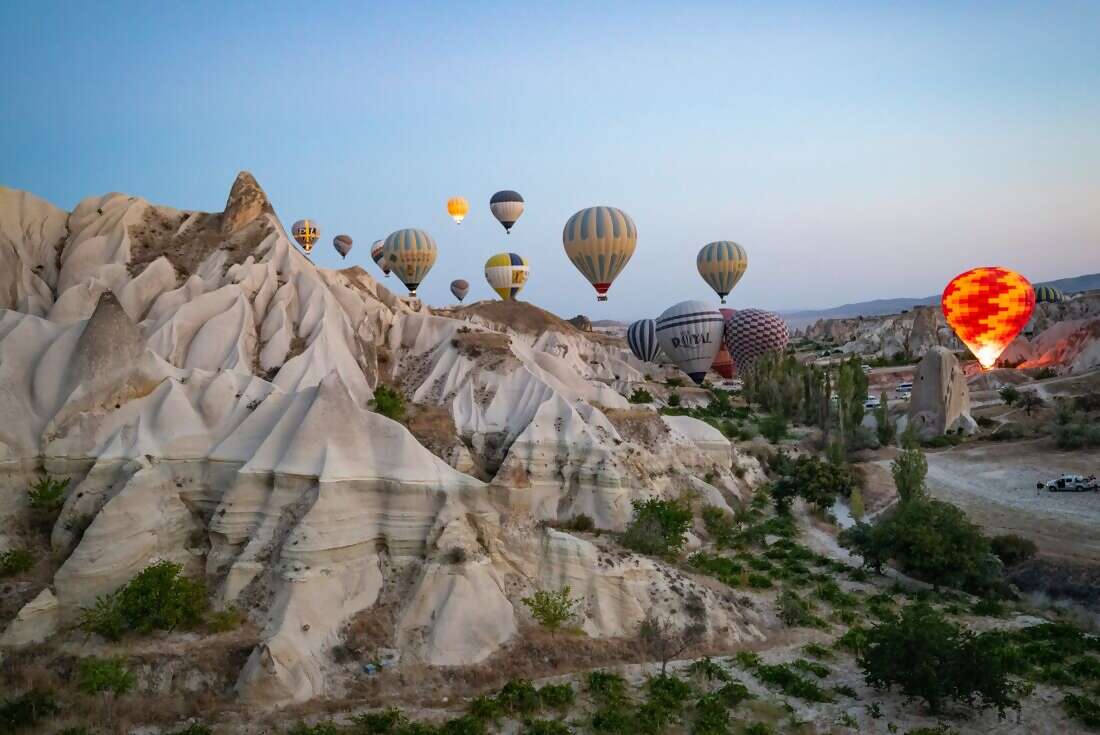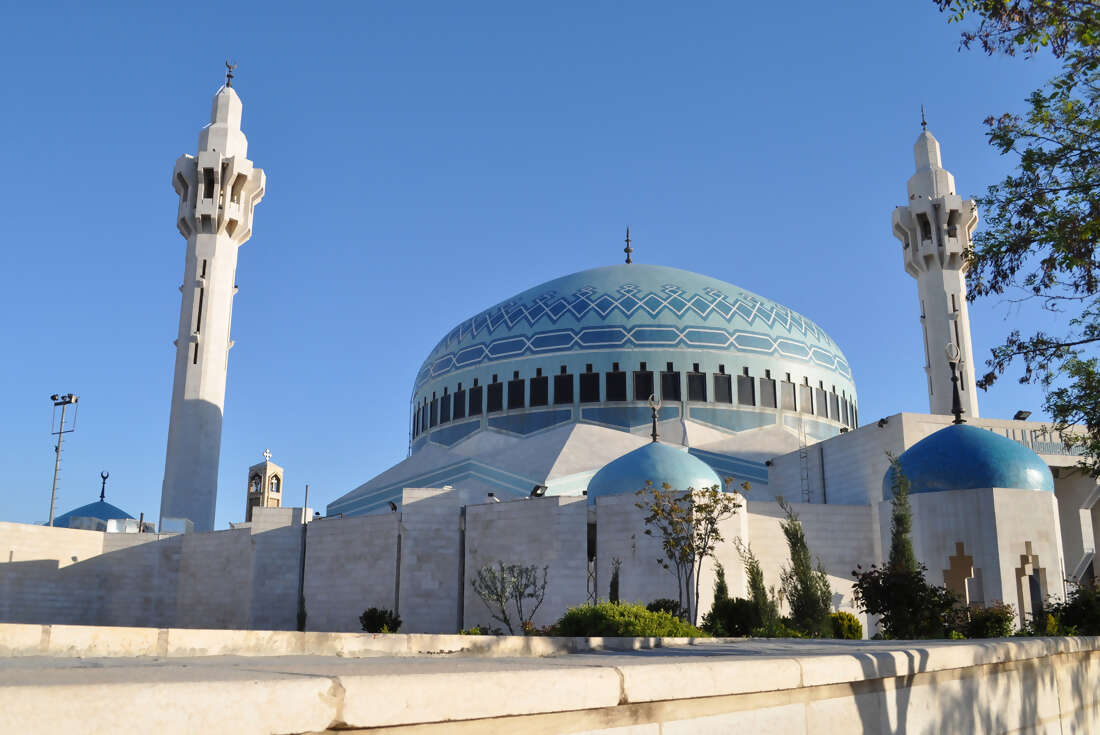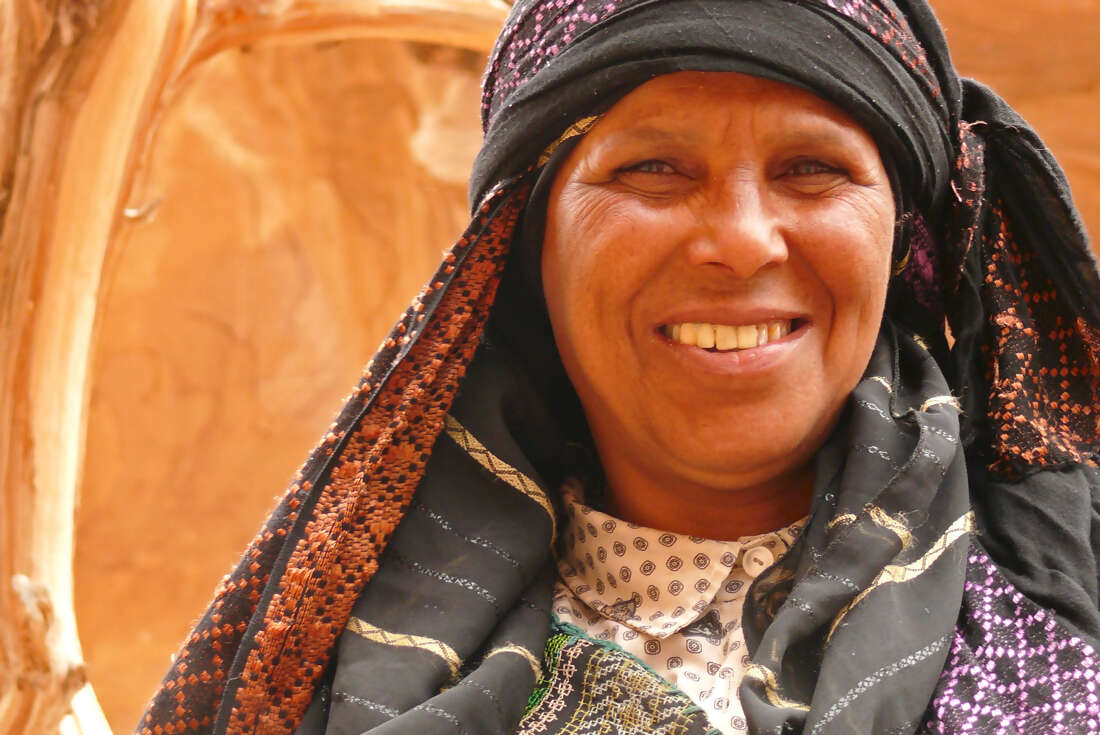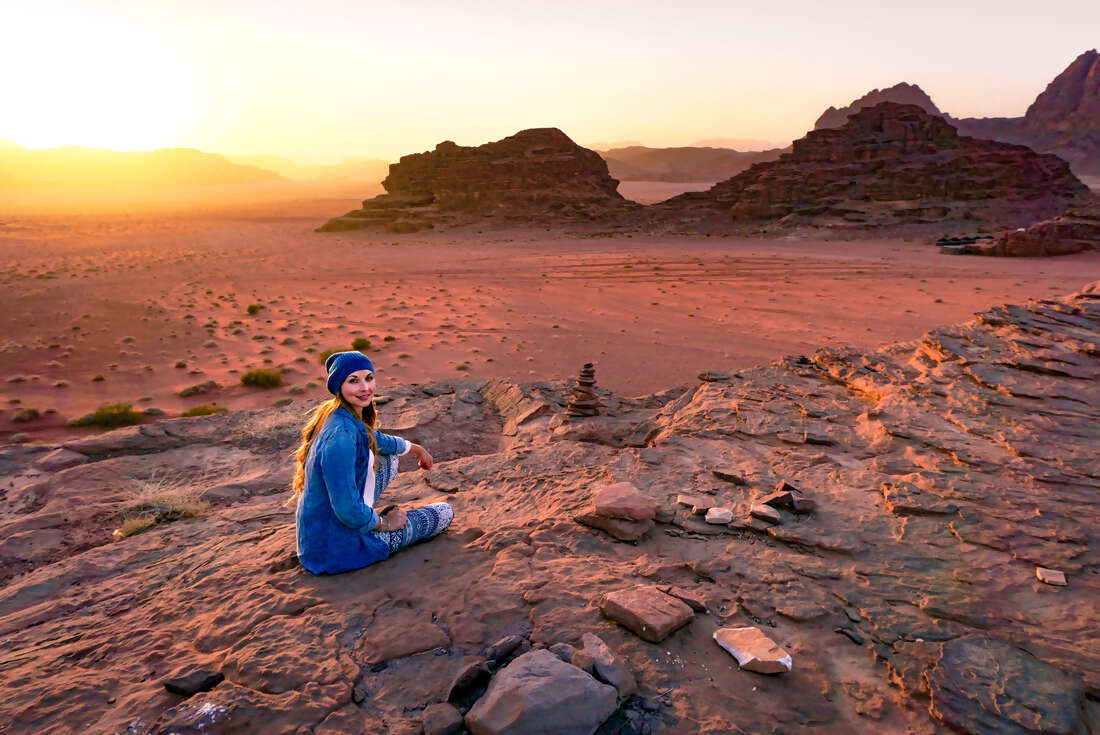 What’s life really like for women in Jordan? You know what a hijab is, a burqa is, a niqab. You see women wearing them, perhaps on the news or in your own city. But how many of these women do you know? Join this 8-day adventure in Jordan as we break the barriers of traditional tourism and discover sisterhood in this tiny desert nation. Spend a night in Wadi Rum and learn the ancient art of henna with traditional Bedouin ladies, and discover how kohl has been used for years not just as a beauty product but to protect the eyes from the harsh desert sands. Spend an afternoon at a local ladies-only beach, discover the Dead Sea, and visit stunning Petra. Learn the art of Arabic cooking in a local home with our female host, enjoy afternoon teas and gossip time with local women, and even meet a female shepherd and help milk her goats. The reason we’ve made this tour just for women is that, culturally, it’s just not possible for men to participate in a lot of the activities on this tour, and we want to offer the best opportunity possible for developing a deeper understanding of Middle Eastern women – with full respect for their traditional cultural values.
What’s life really like for women in Jordan? You know what a hijab is, a burqa is, a niqab. You see women wearing them, perhaps on the news or in your own city. But how many of these women do you know? Join this 8-day adventure in Jordan as we break the barriers of traditional tourism and discover sisterhood in this tiny desert nation. Spend a night in Wadi Rum and learn the ancient art of henna with traditional Bedouin ladies, and discover how kohl has been used for years not just as a beauty product but to protect the eyes from the harsh desert sands. Spend an afternoon at a local ladies-only beach, discover the Dead Sea, and visit stunning Petra. Learn the art of Arabic cooking in a local home with our female host, enjoy afternoon teas and gossip time with local women, and even meet a female shepherd and help milk her goats. The reason we’ve made this tour just for women is that, culturally, it’s just not possible for men to participate in a lot of the activities on this tour, and we want to offer the best opportunity possible for developing a deeper understanding of Middle Eastern women – with full respect for their traditional cultural values.Highlights
Look behind the closed doors and tents in Wadi Rum and to find a culture usually hidden from the eyes of visitors.
What do Jordanian women do on a summers afternoon? They head to the beach! Bathe in rejuvenating mineral muds nearby, mingle with locals, and retire to the local resort and pool.
Take a cooking class at Beit Sitti, a unique and innovative initiative of three sisters who carry on their grandmother’s legacy and dedication to tradition. Discover their stories and help prepare a delicious authentic meal under the sisters supervision.
Join some of the local ladies for dinner in their home, this will be an informal evening to make new friends and learn the art of Arabic cooking in the home.
Join a local female shephard and learn about her day, trying your hand at milking a goat in the process
Soak your bones in a hamam with newly discovered friends and, as the trip draws to a close, feast on a picnic of Arabic mezze for dinner
Uncover the majesty and mystery of ancient Petra. The first glimpse of the Treasury from the narrow path of the Siq is simply unforgettable









- You will visit the following places:
-

Amman
Amman is the capital and largest city of Jordan. It is the country's political, cultural and commercial centre and one of the oldest continuously inhabited cities in the world. It was named one of the area's best cities according to economic, labour, environmental, and socio-cultural factors. Amman is one of the most liberal cities in the Middle East and Eurasia. It is also one of the most "westernised" cities in the region, ahead of places like Cairo or Damascus. The city is generally reasonably well-organized, enjoys great weather for much of the year and the people are very friendly.
-

Wadi Rum
-

Petra
Petra is a historical and archaeological city in the Jordanian governorate of Ma'an that is famous for its rock cut architecture and water conduits system. Established sometime around the 6th century BC as the capital city of the Nabataeans, it is a symbol of Jordan as well as its most visited tourist attraction. It lies on the slope of Mount Hor in a basin among the mountains which form the eastern flank of Arabah (Wadi Araba), the large valley running from the Dead Sea to the Gulf of Aqaba. Petra has been a UNESCO World Heritage Site since 1985. The site remained unknown to the Western world until 1812, when it was introduced by Swiss explorer Johann Ludwig Burckhardt. It was described as "a rose-red city half as old as time" in a Newdigate Prize-winning sonnet by John William Burgon. UNESCO has described it as "one of the most precious cultural properties of man's cultural heritage." Petra was chosen by the BBC as one of "the 40 places you have to see before you die".